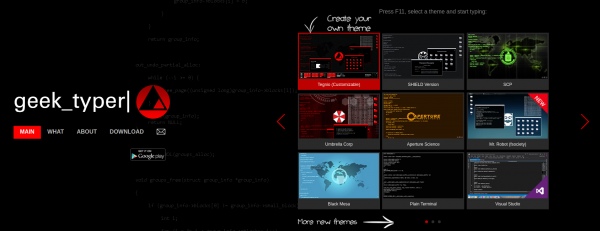

This Paragraph will change because it is using translate class. This Paragraph will remain same because it is using notranslate class. What every software developer must know about Unicode and Character Sets ~ Joel Spolsky.Įquivalent PowerShell: ::OutputEncoding, All text input is automatically converted to Unicode.Įquivalent bash command (Linux): LANG - locale category environment variable & LC_* variables for locale category.Click on the dropdown button to translate. TYPE - can print UTF-16LE files with a BOM regardless of the current codepage. “Remember that there is no code faster than no code” ~ Taligent's Guide to Designing Programsįull list of Code Page Identifiers. The number of supported code pages was greatly increased in Windows 7.įor a full list of code pages supported on your machine, run NLSINFO (Resource Kit Tools).įiles saved in Windows Notepad will be in ANSI format by default, but can also be saved as Unicode UTF-16LE or UTF -8 and for unicode files, will include a BOM.Ī BOM will make a batch file not executable on Windows, so batch files must be saved as ANSI, not Unicode. The only commands that work are DIR, FOR /F and TYPE, this allows reading and writing (UTF-16LE / BOM) files and filenames but not much else. There is still VERY limited support for unicode in the CMD shell, piping, redirection and most commands are still ANSI only. If you need full unicode support use PowerShell.

The CMD Shell (which runs inside the Windows Console)ĬMD.exe only supports two character encodings Ascii and Unicode (CMD /A and CMD /U) So use a TrueType font like Lucida Console instead of the CMD default Raster Font. Unicode characters will only display if the current console font contains the characters. Java requires the-Dfile option: java -Dfile.encoding=UTF-8 * The 65000/1 code pages are encoded as UTF-7/8 to allow to working with unicode data in 7-bit and 8-bit environments, howeverĮven if you use CHCP to run the Windows Console in a unicode code page, many applications will assume that the default still applies, e.g. Programs that you start after you assign a new code page will use the new code page, however, programs (except Cmd.exe) that you started before assigning the new code page will use the original code page. When working with characters outside the ASCII range of 0-127, the choice of code page will determine the set of characters displayed. This command is rarely required as most GUI programs and PowerShell now support Unicode. The default code page is determined by the Windows Locale.


 0 kommentar(er)
0 kommentar(er)
